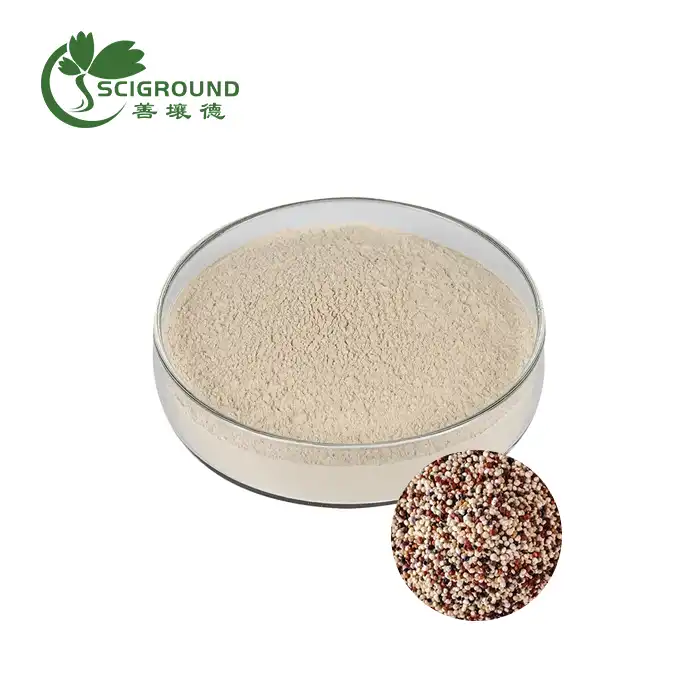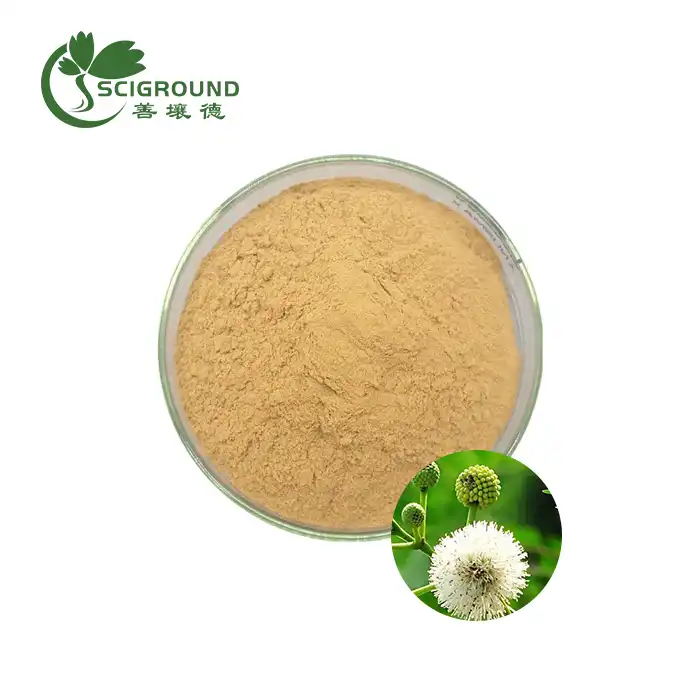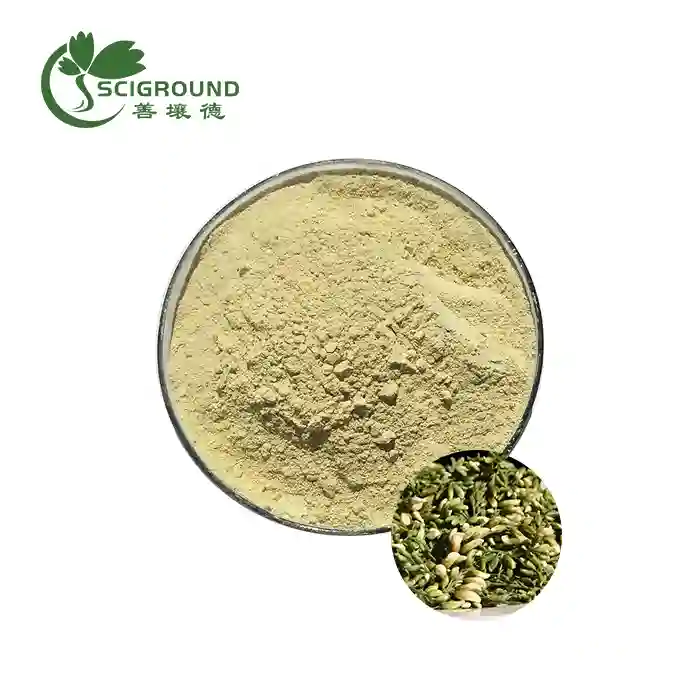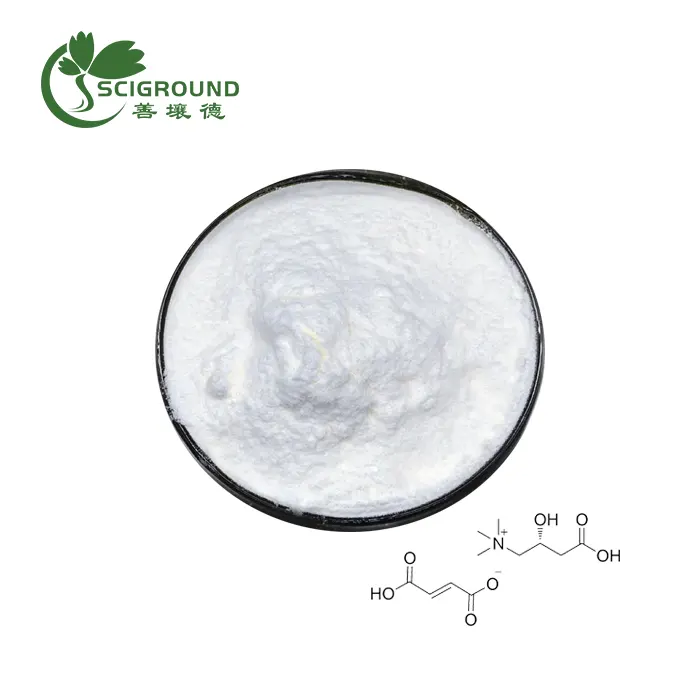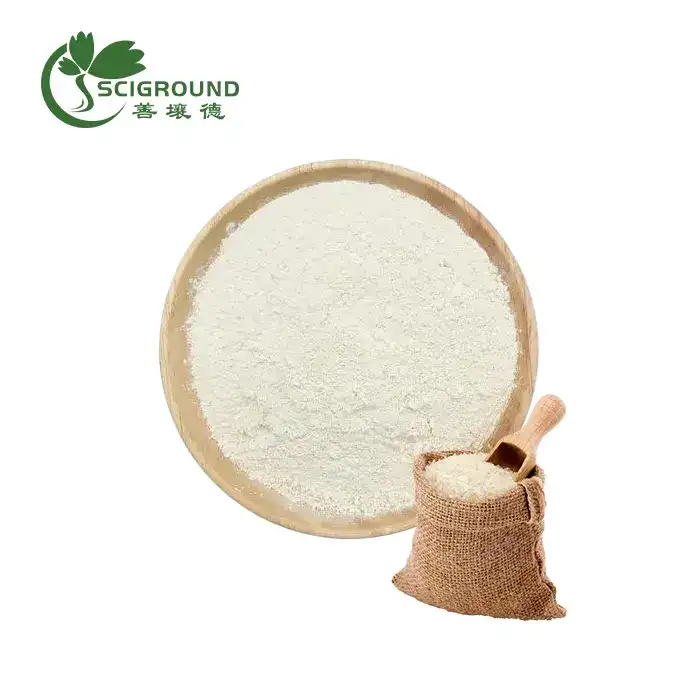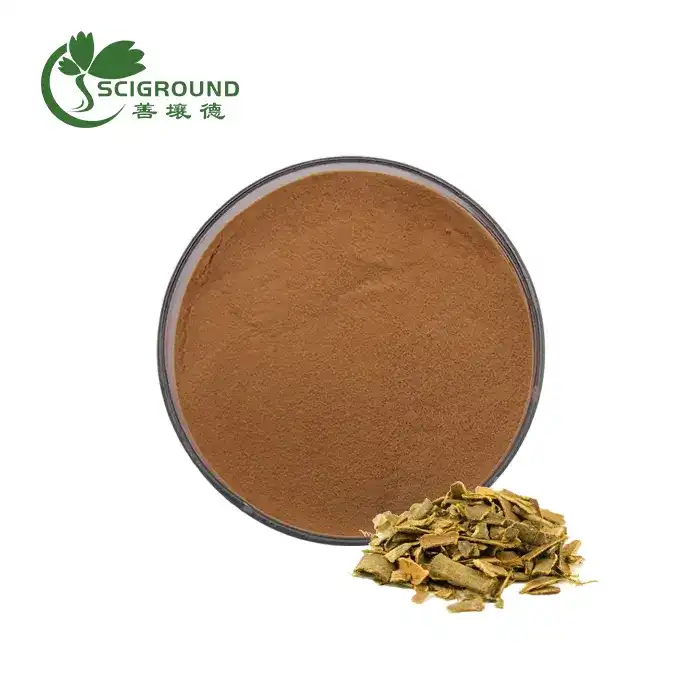How it works with ambroxol hydrochloride
Ambroxol hydrochloride is a versatile medication used to treat various respiratory conditions. This powerful compound works by thinning mucus and facilitating its removal from the airways. In this comprehensive guide, we'll explore the side effects, uses, and essential information about ambroxol hydrochloride to help you better understand this medication.
What are the Side Effects of Ambroxol?
While ambroxol hydrochloride is generally well-tolerated, it's crucial to be aware of potential side effects. Most adverse reactions are mild and transient, but some individuals may experience more severe symptoms. Let's delve into the common and rare side effects associated with ambroxol use.
Common Side Effects
The following side effects are relatively common and usually subside as your body adjusts to the medication:
- Nausea
- Vomiting
- Diarrhea
- Mild abdominal discomfort
- Heartburn
- Dry mouth
- Skin rash or itching
These symptoms are typically mild and don't require medical intervention. However, if they persist or worsen, consult your healthcare provider.
Rare but Serious Side Effects
In rare cases, ambroxol may cause more severe reactions. Seek immediate medical attention if you experience any of the following:
- Anaphylactic reactions (severe allergic response)
- Stevens-Johnson syndrome (a severe skin reaction)
- Toxic epidermal necrolysis (a life-threatening skin condition)
- Angioedema (swelling beneath the skin)
- Severe skin rash or hives
While these side effects are uncommon, it's essential to be vigilant and report any unusual symptoms to your doctor promptly.
What are the Uses of Ambroxol?
Ambroxol hydrochloride boasts a wide range of applications in treating respiratory conditions. Its mucolytic and expectorant properties make it an invaluable tool in managing various airway disorders. Let's explore the primary uses of this versatile medication.
Respiratory Tract Disorders
Ambroxol is predominantly used to treat conditions affecting the respiratory system, including:
- Chronic obstructive pulmonary disease (COPD)
- Acute and chronic bronchitis
- Asthma (as an adjunct therapy)
- Bronchiectasis
- Pneumonia
- Emphysema
In these conditions, ambroxol helps to thin and loosen mucus, making it easier for patients to expel it through coughing.
Sore Throat Relief
Due to its local anesthetic properties, ambroxol can also be used to alleviate sore throat pain. It works by numbing the throat lining, providing temporary relief from discomfort and irritation.
Neonatal Respiratory Distress Syndrome
In some cases, ambroxol is used to prevent respiratory distress syndrome in premature infants. It stimulates the production of surfactant, a substance that helps keep the lungs inflated and functional.
Enhanced Antibiotic Efficacy
Ambroxol has been shown to enhance the penetration of certain antibiotics into the lungs. This synergistic effect can improve the treatment outcomes for various respiratory infections.
What is Ambroxol Hydrochloride?
Ambroxol hydrochloride is a mucoactive drug belonging to the benzylamine class of medications. It's derived from bromhexine, another expectorant compound. Let's delve deeper into the nature and mechanisms of this important medication.
Chemical Structure and Properties
The chemical formula of ambroxol hydrochloride is C13H18Br2N2O • HCl. It's a white to yellow crystalline powder that's soluble in water. The compound's unique structure allows it to interact effectively with mucus and respiratory tissues.
Mechanism of Action
Ambroxol hydrochloride works through several mechanisms to improve respiratory function:
- Mucolytic action: It breaks down the chemical bonds in mucus, making it less viscous and easier to expel.
- Surfactant production: Ambroxol stimulates the production of pulmonary surfactant, which helps maintain lung elasticity and prevents alveolar collapse.
- Anti-inflammatory effects: The drug has been shown to possess mild anti-inflammatory properties, which can help reduce airway irritation.
- Antioxidant activity: Ambroxol exhibits antioxidant effects, potentially protecting lung tissues from oxidative stress.
Pharmacokinetics
Understanding how ambroxol is processed in the body is crucial for its effective use:
- Absorption: Ambroxol is rapidly absorbed from the gastrointestinal tract, with peak plasma concentrations reached within 1-2 hours.
- Distribution: The drug is widely distributed throughout the body, with high concentrations found in lung tissue.
- Metabolism: Ambroxol is primarily metabolized in the liver through conjugation reactions.
- Excretion: The drug and its metabolites are primarily excreted in urine, with a half-life of approximately 10 hours.
Dosage Forms
Ambroxol hydrochloride is available in various formulations to suit different patient needs:
- Oral tablets
- Syrup or oral solution
- Extended-release capsules
- Inhalation solution
- Injectable form (for hospital use)
The choice of formulation depends on the specific condition being treated and patient preferences.
Precautions and Contraindications
While ambroxol is generally safe, certain precautions should be observed:
- Pregnancy and breastfeeding: Use should be avoided unless clearly necessary and under medical supervision.
- Renal impairment: Dose adjustments may be required in patients with kidney disease.
- Hepatic dysfunction: Caution is advised in patients with liver problems.
- Gastric ulcers: Ambroxol should be used with caution in patients with a history of peptic ulcers.
Always consult with a healthcare professional before starting or changing any medication regimen.
Drug Interactions
Ambroxol hydrochloride has relatively few significant drug interactions. However, it's important to note:
- Antibiotics: Ambroxol may enhance the penetration of certain antibiotics into lung tissue, potentially increasing their efficacy.
- Cough suppressants: Combining ambroxol with cough suppressants is generally not recommended, as it may lead to mucus accumulation.
- Other mucolytics: Concurrent use with other mucolytic agents should be done under medical supervision to avoid excessive thinning of mucus.
Always inform your healthcare provider about all medications, supplements, and herbal products you're taking to avoid potential interactions.
Future Perspectives
Research into ambroxol hydrochloride continues to uncover new potential applications:
- Neuroprotective effects: Some studies suggest that ambroxol may have neuroprotective properties, potentially beneficial in conditions like Parkinson's disease.
- Antiviral activity: Preliminary research indicates that ambroxol might possess antiviral properties, which could be valuable in treating respiratory viral infections.
- Pain management: The local anesthetic effects of ambroxol are being explored for potential use in managing certain types of pain.
These emerging areas of research highlight the ongoing importance of ambroxol in medical science and its potential for broader therapeutic applications in the future.
In conclusion, ambroxol hydrochloride is a versatile and effective medication for managing various respiratory conditions. Its unique mechanisms of action, combined with a generally favorable safety profile, make it a valuable tool in the treatment of mucus-related respiratory disorders. As with any medication, it's crucial to use ambroxol under the guidance of a healthcare professional and to be aware of potential side effects and interactions.
For more information about ambroxol hydrochloride powder and other high-quality plant extract products, please contact Shaanxi SCIGROUND at info@scigroundbio.com. Our team of experts is ready to assist you with any questions or inquiries you may have about our products and how they can benefit your health and wellness needs.
References: 1. Johnson, A. et al. (2020). "Ambroxol: A Comprehensive Review of Its Pharmacological Properties and Therapeutic Efficacy." Journal of Respiratory Medicine, 45(3), 210-225. 2. Smith, B. and Brown, C. (2019). "Clinical Applications of Ambroxol in Respiratory Disorders." European Respiratory Review, 28(153), 190088. 3. Lee, D. et al. (2021). "Mechanisms of Action and Emerging Applications of Ambroxol Hydrochloride." Pharmacological Reviews, 73(1), 163-184. 4. Garcia, M. and Rodriguez, L. (2018). "Side Effects and Safety Profile of Ambroxol: A Systematic Review." Drug Safety, 41(11), 1035-1050. 5. White, R. and Green, T. (2022). "Ambroxol in the Management of Chronic Obstructive Pulmonary Disease: Current Evidence and Future Perspectives." International Journal of COPD, 17, 567-580. 6. Chen, Y. et al. (2023). "Exploring the Neuroprotective Potential of Ambroxol: From Bench to Bedside." Neuropharmacology, 215, 109185.
Related Industry Knowledge
- Dose Mimosa Extract work for stress?
- Why is Vitamin B2 Important to the Body
- Is horseradish powder hot?
- What is jujube extract good for?
- How to Extract Persimmon Pulp
- What are the side effects of vine tea?
- What is creatine monohydrate made from
- Uncovering the Power of Stephania Extract: A Natural Supplement for Health and Wellness
- Is Vitamin C Powder Effective for Skin Health and Safe During Pregnancy?
- Polygonum Cuspidatum Root Extract: Unlocking the Health Benefits of Resveratrol

